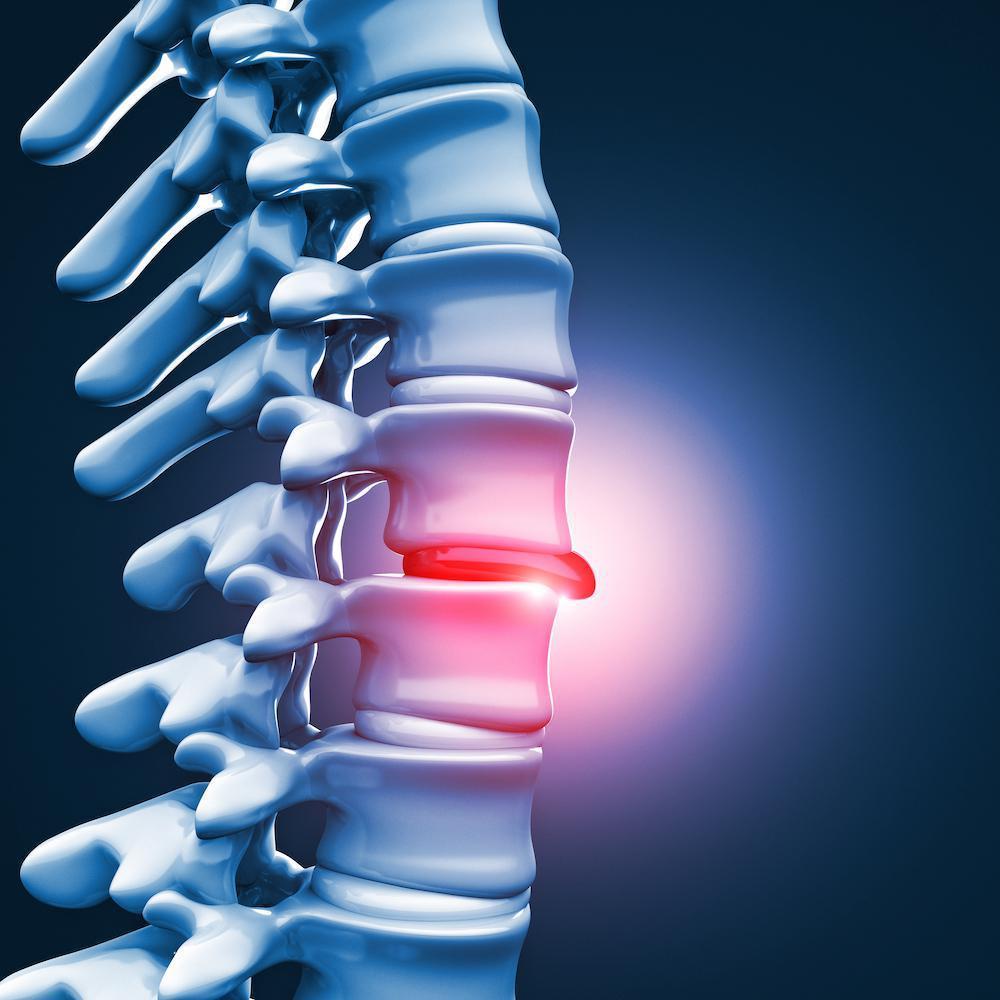4 Reasons You May Need Disc Replacement Surgery
When you have chronic back or neck pain, the first solution isn’t always surgery. However, if you’ve already tried non-surgical options, it may be time to consider disc replacement. Here are four reasons you may need disc replacement surgery.
What Causes Radiating Back Pain?
Not all back pain presents the same way. Sometimes, back pain is localized, and sometimes it spreads. So, what causes the type of pain that radiates? Find out here as we talk about why pain radiates and how we can help you find relief.
Discectomy for a Spine Fracture: What to Expect
If you’re scheduled for an upcoming discectomy due to a spine fracture and wonder what to expect, we’ve got you covered. Read on to learn more about discectomies for spine fractures, including what to expect before, during, and afterwards.


























































































